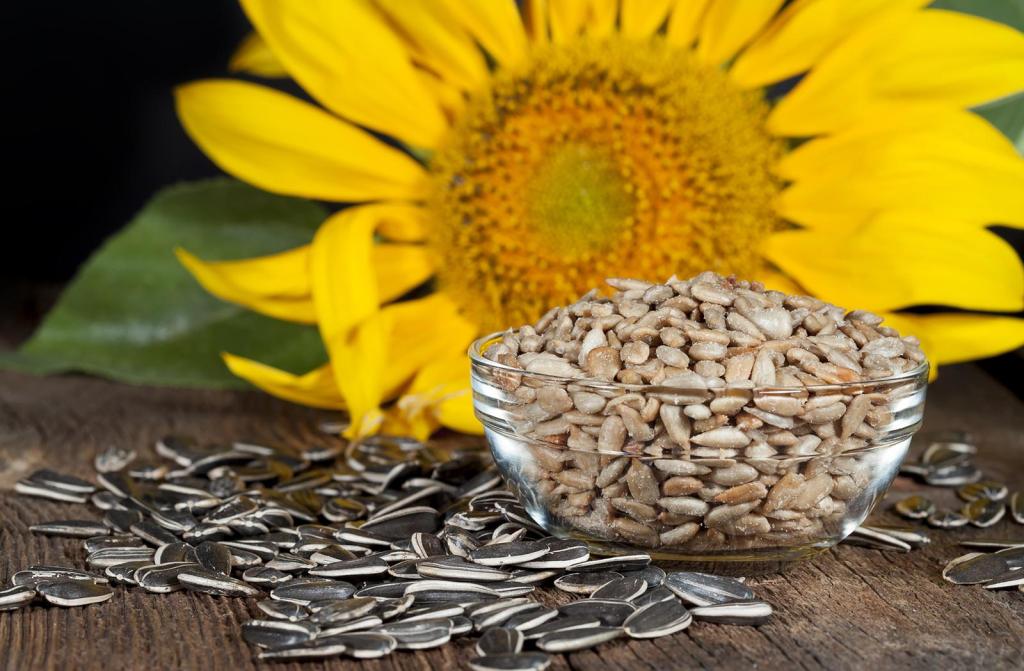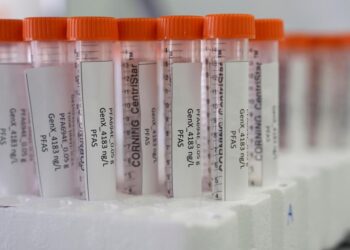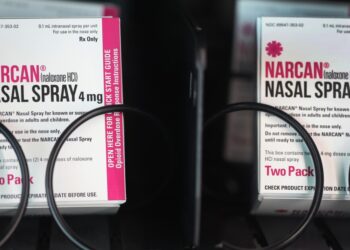Barbara Intermill | Tribune News Service (TNS)
This time of year, the sight always takes my breath away: acres and acres of sunflowers in full bloom, smiling at the sun as we drive through rural areas of our state.
The cultivated beauties are related to the smaller and more prolific sunflowers (they’re too pretty to call weeds) that pop up along roadsides and hills throughout much of North America.
Native Americans were the first people to domesticate wild sunflowers for their seeds, according to the National Sunflower Association.
Today, there are two basic varieties of commercial sunflowers: one that produces the typical black-and-white striped seeds we eat for snacks, and another that bears smaller black seeds used to make oil.
And just so I get my semantics right, there is a difference between a sunflower kernel and a sunflower seed. The kernel is the “meat” that has been removed from the outer shell (or hull) of a sunflower seed, say experts. When we eat sunflower seeds, we have to crack the shells open to get to the kernel.
How do sunflower-based products stack up nutritionally?
Pretty darn good, actually.
An ounce of sunflower kernels (about 1/4 cup) provides a host of important nutrients, including protein, dietary fiber, copper and zinc. Like other seeds and nuts, sunflower kernels are relatively high in fat, yet their fat profile is a good one. Almost 90% of the fat in the yummy seeds is “good” unsaturated fat that makes our hearts happy.
I was surprised to learn that sunflower seeds are also one of the richest whole food sources of vitamin E, a potent antioxidant. Recent studies have shown that real food (instead of supplements) is the best and safest way to get this nutrient.
Based on their nutrient value, the current Dietary Guidelines for Americans 2020-2025 place sunflower seeds and sunflower butter in the same protein food category as nuts and soy products. And sunflower oil is recommended as a healthful fat source.
Raw or…
Read the full article here







